Eagle Lightweight GT
At Eagle in Great Britain, the company has been mainly concerned with the Jaguar E-Type since 1984. In the last ten years or so, the company has also made a name for itself with unusual conversions such as the Speedster, which was driven by Jeremy Clarkson on the TV show TopGear, among others. This was followed by the Low Drag GT and the Spyder GT. Furthermore the company uses the credo: “What could the best possible E-Type look like?” As the latest project, the Eagle Lightweight GT is now rolling out of the production hall at the customer’s request. All the experience of more than 35 years was put into this car to improve all small and bigger details of the original construction, which can be made better from today’s point of view. It takes a full 8,000 working hours to convert an E-Type Series 1 Roadster into the Eagle Lightweight GT.
Inspired by the original Jaguar E-Type Lightweight, of which only 12 were built for motorsport in 1963. Loud, uncomfortable and brutal, these vehicles weren’t meant for everyday driving. The XKSS, which Jaguar had domesticated six years earlier as a road sports car based on the D-Type, presented itself in a completely different light. For the new Lightweight GT, a customer around three years ago asked for the wild driving performance combined with perfect everyday suitability. To achieve this, the Eagle mechanics dismantled an E-Type Roadster down to the last nut and bolt and then replaced all the body parts with aluminium components made from current, durable alloys. These are created by hand in more than 2,500 working hours with a high level of detail and fitting accuracy, whereby the shape of the original Lightweight is reproduced. This gives the Eagle deeper sills and a deeper rear ramp angle. The stiffness of the body could thus be increased as well as the positioning of the seats could be lowered, which also lowered the center of gravity. To achieve this, the bulge of the bodyshell behind the seats and the positioning of the pedals were also changed. The windshield and the rear window installed in the hardtop roof show increased rake. 16-inch magnesium wheels in the style of contemporary Dunlop rims fit in the enlarged wheel arches.
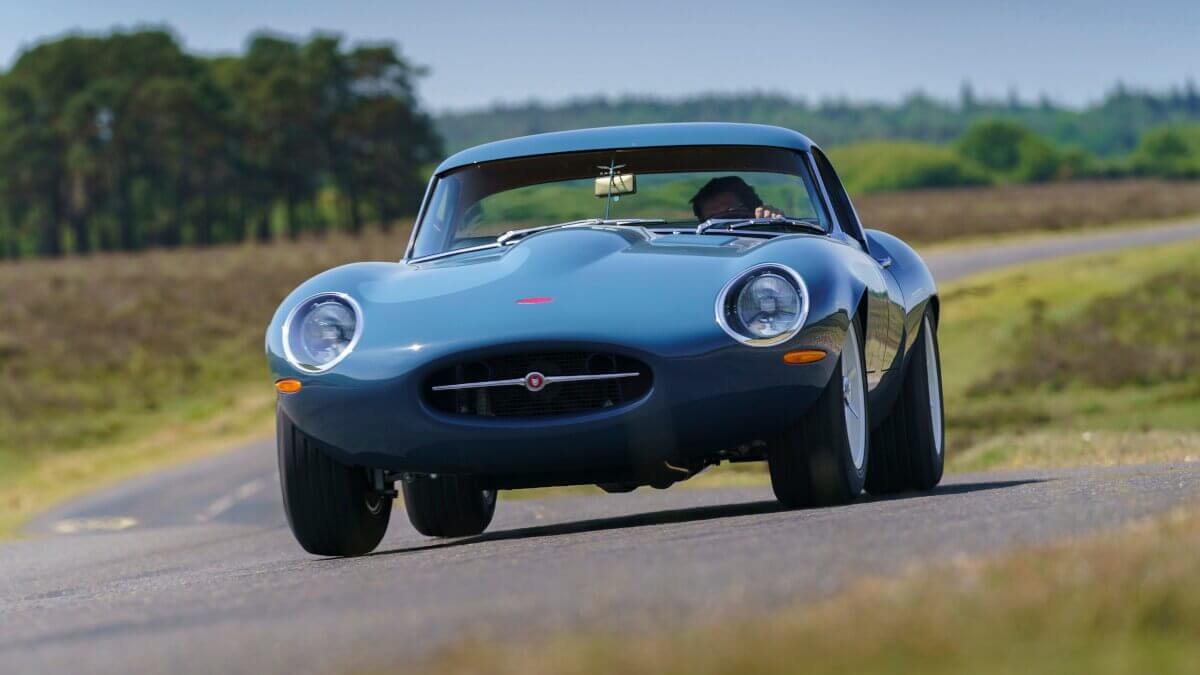



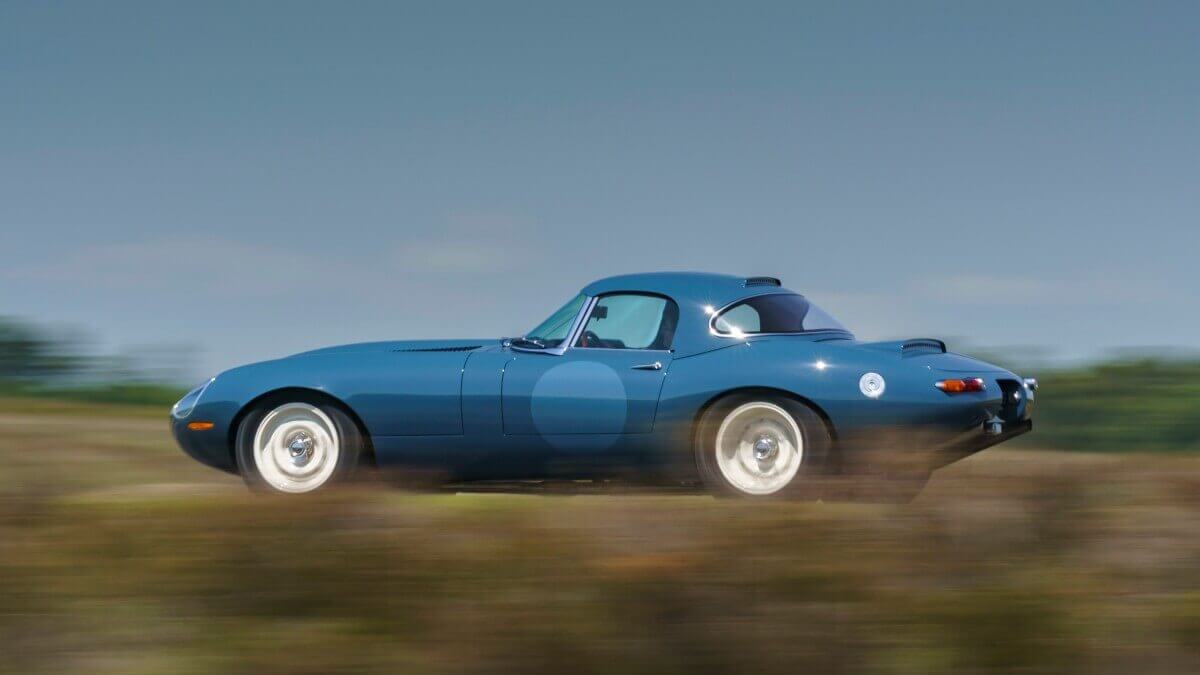







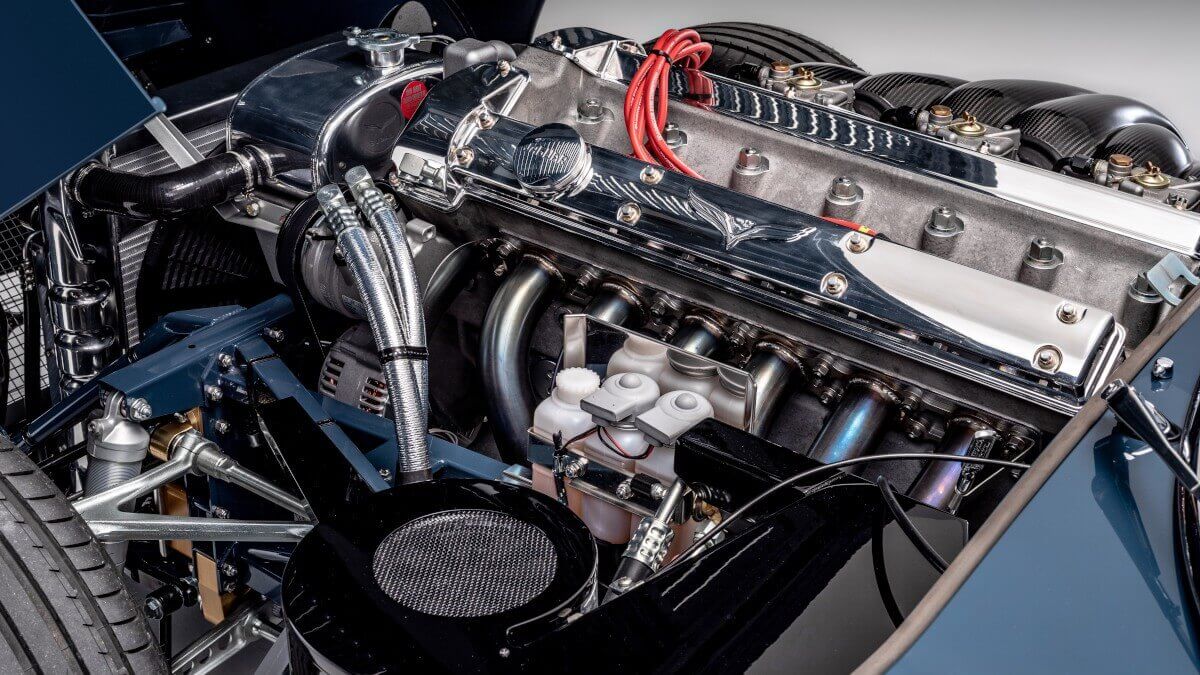



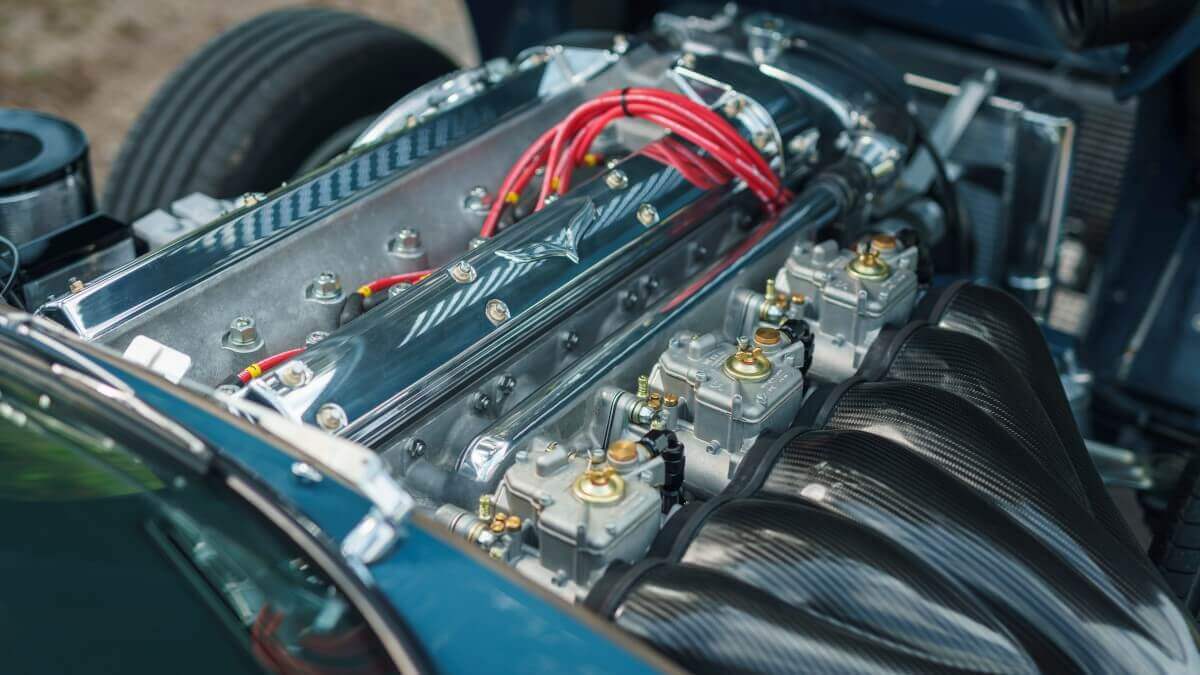



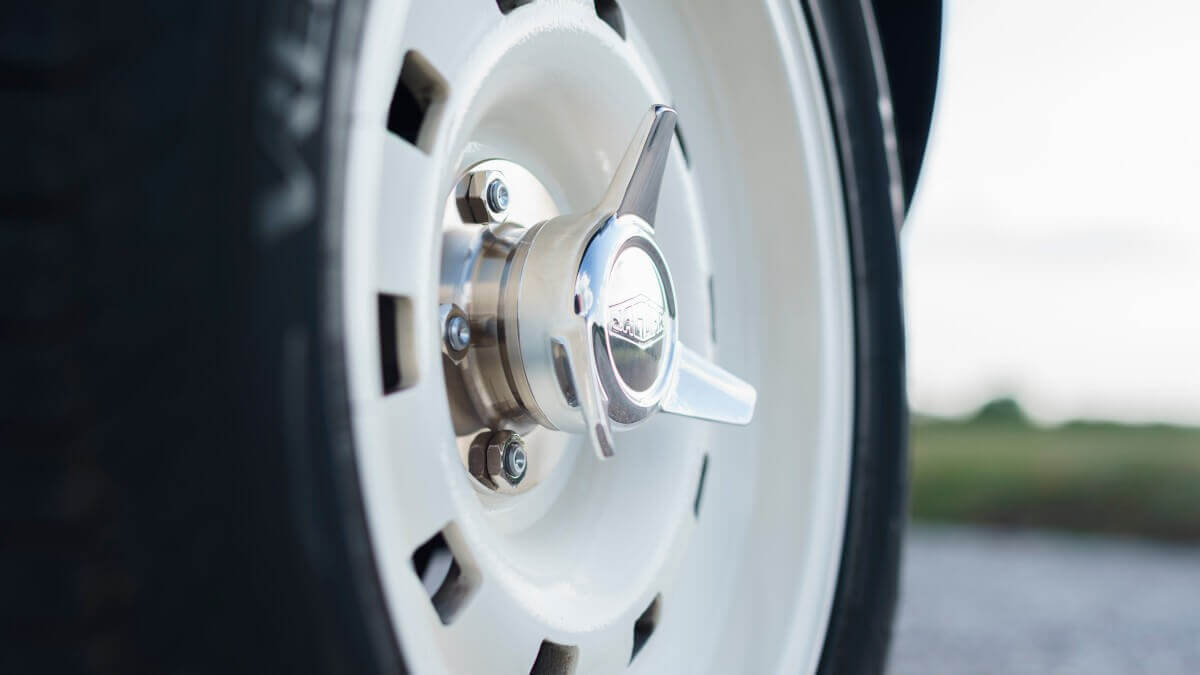



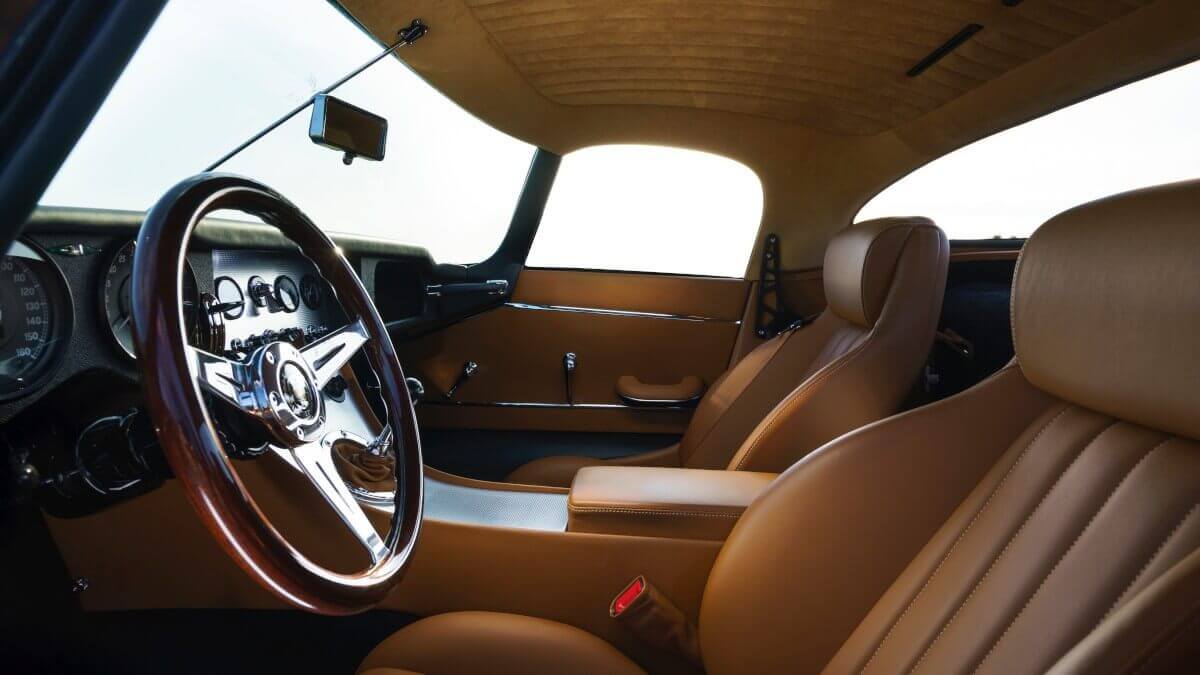



The inline six-cylinder engine developed by Eagle with a displacement of 4.7 liters is the power source under the long bonnet. This engine has an aluminium block as well as modified crankshaft, pistons and connecting rods together with a wide-angle cylinder head with larger valves and camshafts with more stroke. With these components the power output is at 380 hp and 508 newtonmeters of torque. The housing of the fully synchronized, manual five-speed transmission is made of a special magnesium alloy, as are the clutch bell, the differential housing, the oil sump and the rear hub carriers. The ratios of the five forward gears have been adapted to the performance and handling of the vehicle. Through the continued use of lightweight materials such as magnesium, Inconel and titanium, Eagle reduces the kerb weight to 1,017 kilograms.
In addition to comfortable leather sports seats with adjustment levers created on a 3D printer, a three-spoke sports steering wheel with a wooden rim and air conditioning, which is combined with modern thermal insulation materials in the cockpit, are also part of the standard equipment. In contrast to the original E-Type Lightweight, Eagle resisted the temptation to install a noisy sports exhaust on the Lightweight GT. This would have contradicted the claim that the car could be used in everyday life. A comfortable sports suspension with specially tuned and adjustable Öhlins dampers is also used. The brake system works with four-piston calipers and servo assistance. Interested customers can choose from a total of more than 100 options to individualize their dream car. Next to the Lightweight GT, the five previously presented models, i.e. the improved Coupés and Roadsters with steel bodywork, the Speedster, the Low Drag GT and the Spyder GT will continue to be available.
Images: Eagle GB




